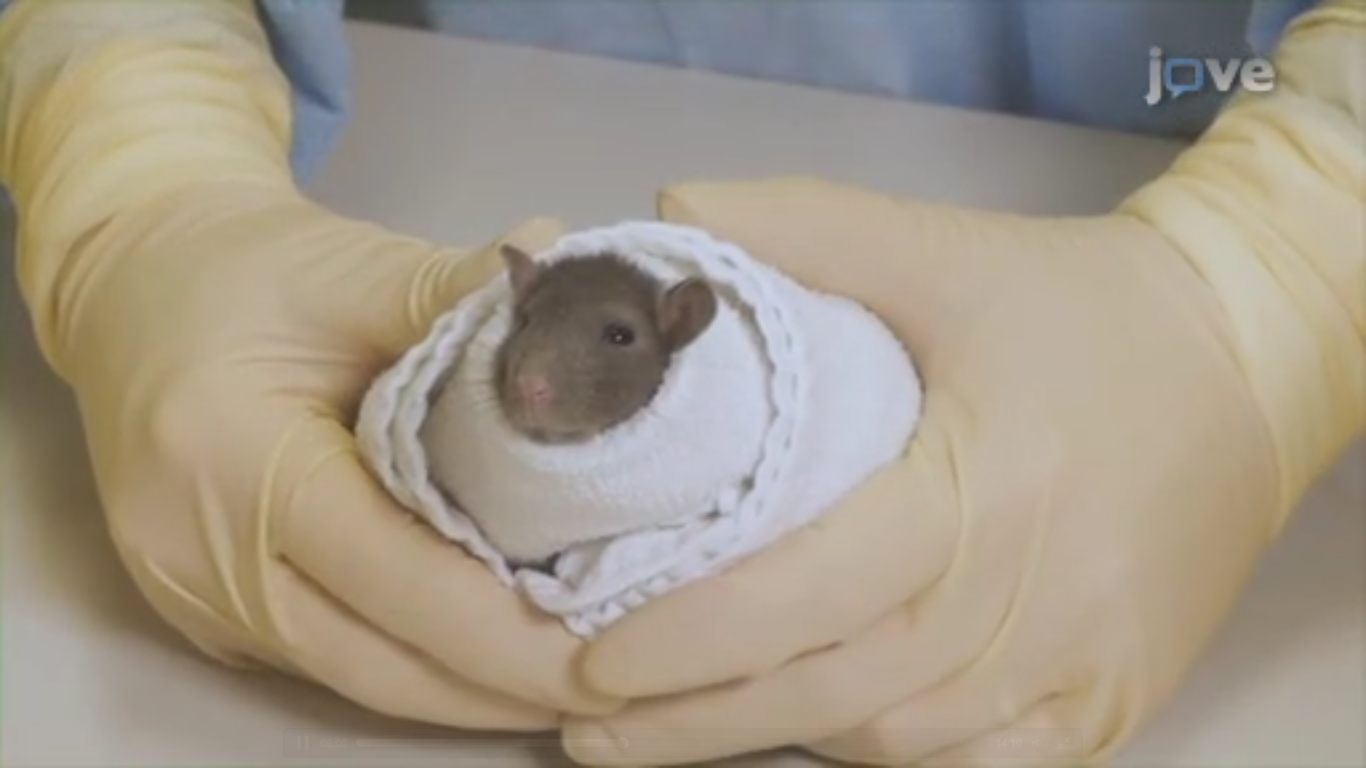80% of scientific research and development comes from industry, yet less than half of the videos in JoVE come from these labs. Today, we’ll investigate why and show all the benefits that video publication can offer industrial labs.
According to the Organisation for Economic Co-operation and Development (OECD), about four fifths of research and development in scientific fields is carried out by industry and government, leaving only 20% of the total research output from academic institutions. And yet at JoVE, more than half of the peer-reviewed video articles published are authored by academic researchers. Why is that?
While traditionally sharing of knowledge is at the core of a university’s mission, industry scientists might feel constrained. This could be due to the need to protect trade secrets and to comply with the corporation’s policies on business confidentiality. Currently, many useful and innovative techniques are being developed and optimized by industrial researchers.
As the world’s leading scientific video journal, JoVE seeks to create a comprehensive library of methods, including advances from outside academia. As an editor, I have spoken with industry-based researchers who assume that publishing their work in JoVE is not possible. However, that is simply not the case.
My aim in this blog is to provide some examples of great JoVE publications from outside of universities, and to encourage non-academic researchers who want to share their science.
A detailed video protocol makes it much easier for other scientists to learn and implement a method – it’s hard to imagine a more efficient way of disclosing a trade secret than publishing in JoVE. While it may seem counter-intuitive that industry researchers would want to publish their methods in video, there are many situations where a video publication is a good choice for companies. For instance, companies in the business of manufacturing and selling scientific instruments or equipment will find that JoVE videos are useful for facilitating adoption of their technology.
Thermo Fisher published two video articles detailing methods for using their NanoDrop DNA quantification system. Most scientists are familiar with the need to measure DNA concentrations, but the NanoDrop allowed these measurements to be made with dramatically smaller sample volumes. The video articles helped introduce researchers to the new technology, and allowed them to quickly incorporate it into their own projects. These articles were translated into five languages, cited over 75 times in peer-reviewed publications and viewed by over 100,000 researchers in the first year.
A video-methods article from industry does not always promote a product. For example, when the technical reputation of a company (such as a contract research organization) is critical to its business, a video article can enhance its image and attract new customers. Charles River produced a library of 6 technical video articles on fundamental methods for small animal research. The primary goal of the project was to demonstrate their technical expertise to the scientific community.

A lead author at Charles River said, “It was very important to us that the articles were peer-reviewed. There is suspicion, and rightly so, of things seen as “puff pieces”. Our customer feedback has been uniformly positive and some of the pieces are being used in facilities as training aids, a fact of which we are very proud.”
The JoVE articles by Charles River were viewed by over 50,000 scientists in a single year after publication.The video components of the publication were also made available on their website, on a technical resources site called “the source”. According to Charles River’s marketing manager, “Adding video resources to “the source” increased our site traffic greater than 70%”.
A peer-reviewed video publication can be an effective way to promote a new technology, and a video article doesn’t affect intellectual property differently than a traditional text publication. So to industry scientists: if you’re thinking about sharing your research, think about JoVE.




